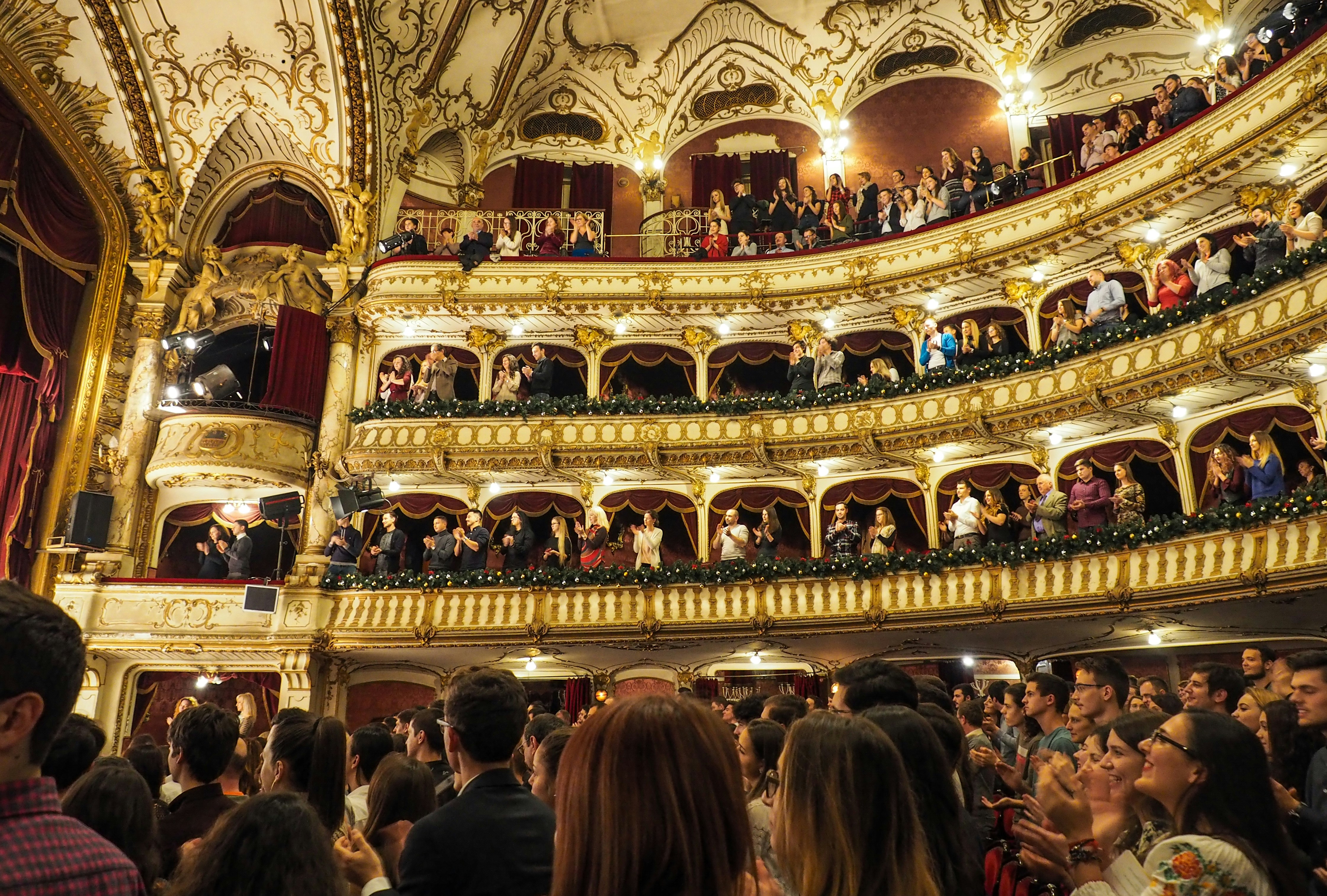Live HD Show Streaming
Definition:
"Live HD Show Streaming" refers to broadcasting live events in high-definition (HD) quality through the internet. This technology enables real-time viewing of events with superior video and audio quality, enhancing the virtual experience for remote audiences.
Detailed Explanation:
Live HD show streaming involves transmitting live video and audio feeds over the internet in high-definition quality. This process allows audiences to watch events such as concerts, sports, conferences, and theatrical performances in real-time, from any location with internet access. High-definition streaming ensures that the video quality is crisp and clear, providing a more immersive and engaging viewing experience.
The process of live HD streaming includes capturing the event with high-definition cameras, encoding the video and audio signals, transmitting the data over the internet, and delivering it to viewers through various streaming platforms. The use of HD technology ensures that the content retains its visual and auditory fidelity, even when viewed on large screens or high-resolution devices.
Live HD streaming platforms often provide additional features such as interactive chat, multiple camera angles, and the ability to pause and rewind live events. These features enhance the viewer experience by allowing greater control and interaction with the content. Additionally, live streaming analytics provide event organizers with valuable data on viewer engagement and behavior, helping to improve future broadcasts.
Key Elements of Live HD Show Streaming:
HD Cameras:
High-definition cameras are used to capture the event, ensuring high-quality video output.
Encoding:
Video and audio signals are encoded into a digital format suitable for internet transmission, often using compression to reduce file size without sacrificing quality.
Streaming Platforms:
Online platforms and services that host and deliver the live stream to viewers, such as YouTube, Facebook Live, or dedicated streaming services.
Internet Connectivity:
Reliable and high-speed internet connection is essential for transmitting HD content without interruptions or lag.
Advantages of Live HD Show Streaming:
Wider Reach:
Allows events to be accessible to a global audience, breaking geographical barriers.
High-Quality Viewing:
Provides a superior viewing experience with clear, high-definition video and audio.
Real-Time Engagement:
Enables real-time interaction between the event and the audience through features like live chat and social media integration.
Challenges of Live HD Show Streaming:
Technical Requirements:
Requires high-quality equipment and a stable, high-speed internet connection to ensure seamless streaming.
Latency:
There can be a slight delay between the live event and the broadcast, which may impact real-time interaction.
Bandwidth:
High-definition streaming demands significant bandwidth, which can be a challenge in areas with limited internet infrastructure.
Uses in Performance:
Concerts and Music Festivals:
Allows fans to watch live performances in high-definition from anywhere in the world.
Sports Events:
Provides real-time coverage of sporting events with enhanced video quality, bringing the action closer to viewers.
Conferences and Webinars:
Enables remote participation in high-definition, ensuring that presentations and discussions are clear and engaging.
Design Considerations:
When planning and executing live HD show streaming, several factors must be considered to ensure a successful and high-quality broadcast:
Equipment Quality:
Invest in high-definition cameras, microphones, and encoding equipment to capture and transmit the event in the best possible quality.
Internet Speed:
Ensure a reliable and fast internet connection to handle the high data rates required for HD streaming.
Platform Selection:
Choose a streaming platform that supports HD quality and provides features that enhance the viewer experience, such as interactive tools and analytics.
Conclusion:
Live HD show streaming involves broadcasting live events in high-definition quality through the internet, providing a real-time viewing experience with superior video and audio quality. By leveraging HD cameras, encoding technology, streaming platforms, and reliable internet connectivity, live HD streaming allows events to reach a global audience and engage viewers with high-quality content. Despite challenges related to technical requirements, latency, and bandwidth, the benefits of wider reach, high-quality viewing, and real-time engagement make live HD show streaming a valuable tool for modern event broadcasting. With careful planning, investment in quality equipment, and selection of the right platform, live HD streaming can significantly elevate the virtual experience of any event.


